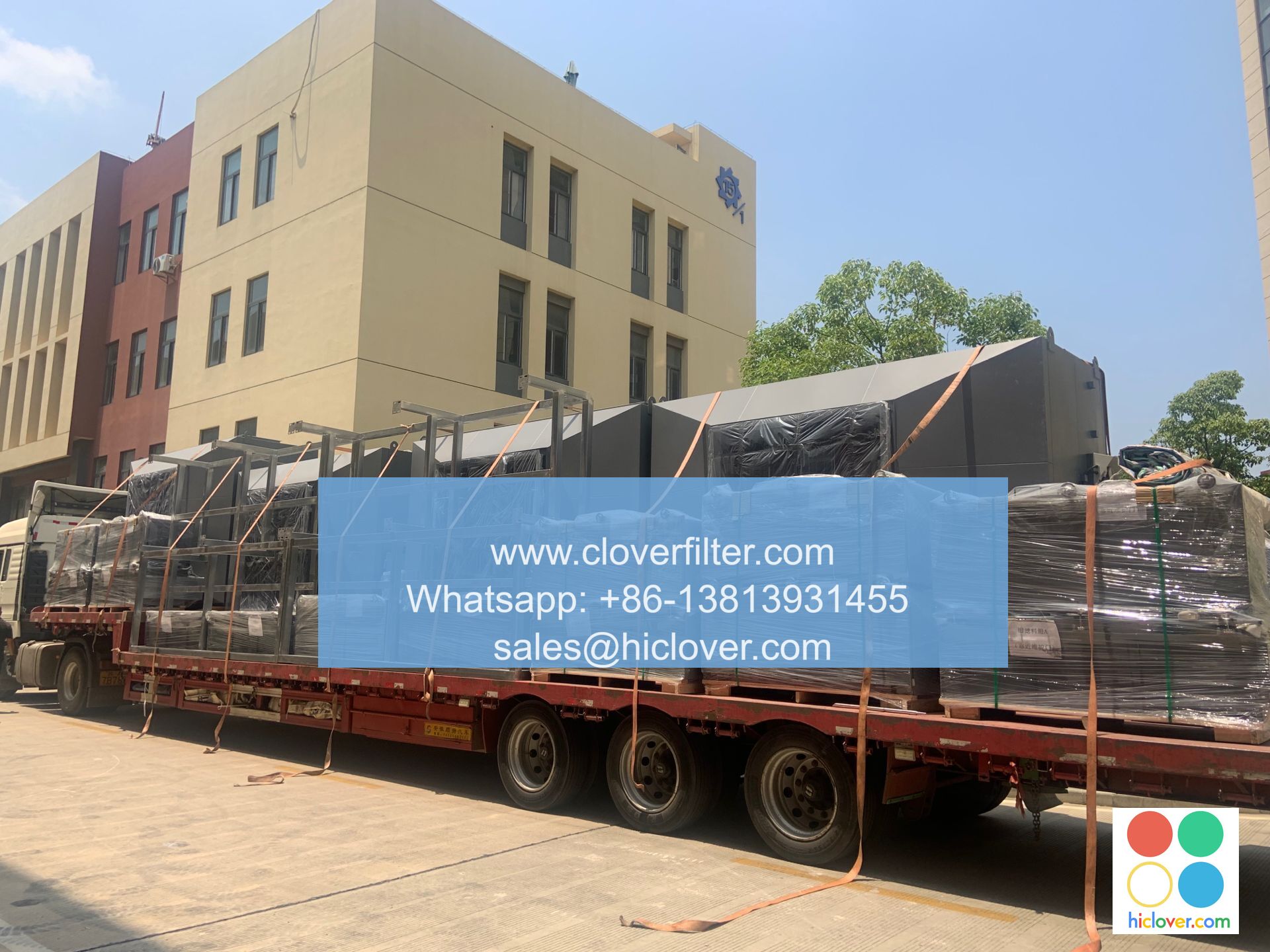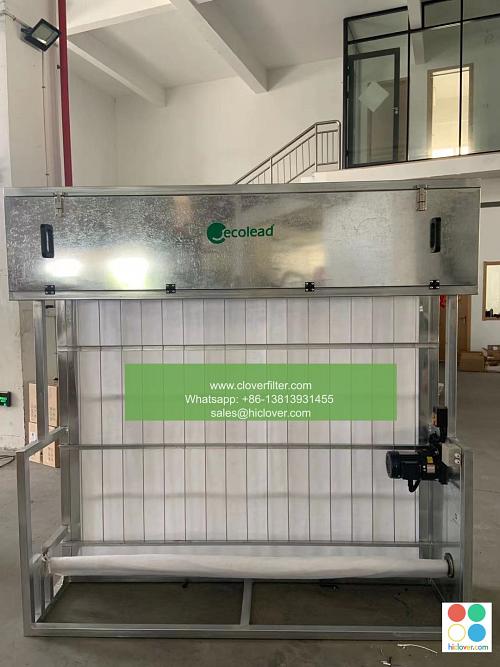Cleanroom Air Quality: A Critical Component of Pharmaceutical Compounding

Pharmaceutical compounding involves the preparation, mixing, and altering of medications to create customized treatments for patients. In this process, maintaining sterility and contamination control is paramount to ensuring the quality and safety of the final product. One crucial aspect of this is cleanroom air quality, which plays a vital role in preventing contamination and maintaining a septic environment.
Importance of Cleanroom Air Quality in Pharmaceutical Compounding
Cleanroom air quality is essential in pharmaceutical compounding as it directly impacts the integrity of the compounded medication. Airborne contaminants, such as particulates, microorganisms, and chemical vapors, can compromise the sterility of the compounding environment, leading to contaminated products that may be harmful to patients. Furthermore, poor air quality can also affect the shelf life and stability of the medications, making them less effective or even toxic.
Key Factors Affecting Cleanroom Air Quality
Several factors can impact cleanroom air quality, including:
* HEPA filtration: High-efficiency particulate air (HEPA) filters are designed to capture 99.97% of particulates as small as 0.3 microns, making them an essential component of cleanroom air quality systems.
* Airflow and ventilation: Proper airflow and ventilation are critical in maintaining a unidirectional airflow and preventing turbulence that can stir up contaminants.
* Temperature and humidity control: Maintaining a consistent temperature and humidity level helps to prevent microbial growth and chemical reactions that can compromise air quality.
* Cleanroom design and layout: A well-designed cleanroom with a logical workflow and minimal obstruction can help to minimize contamination risks and maintain optimal air quality.
Applications of Cleanroom Air Quality in Pharmaceutical Compounding
Cleanroom air quality has numerous applications in pharmaceutical compounding, including:
* Sterile compounding: Cleanroom air quality is essential in sterile compounding, where medications are prepared in a septic environment to prevent contamination.
* Non-sterile compounding: Cleanroom air quality is also important in non-sterile compounding, where medications are prepared in a controlled environment to minimize contamination risks.
* Hazardous drug compounding: Cleanroom air quality is critical in hazardous drug compounding, where cytotoxic and hazardous medications are handled and require specialized containment and ventilation systems.
* Research and development: Cleanroom air quality is also essential in research and development, where new medications and therapies are being developed and require a controlled environment to ensure accuracy and reliability of results.
Best Practices for Maintaining Cleanroom Air Quality
To maintain optimal cleanroom air quality, pharmaceutical compounders should follow best practices, including:
* Regular cleaning and disinfection of surfaces and equipment
* Proper use of personal protective equipment (PPE), such as gloves, gowns, and masks
* Minimizing personnel traffic and movement within the cleanroom
* Regular maintenance and certification of cleanroom air quality systems
* Continuous monitoring of air quality parameters, such as particulate counts, temperature, and humidity
By prioritizing cleanroom air quality and following best practices, pharmaceutical compounders can ensure the quality and safety of their products, protecting patients and maintaining the integrity of the compounding process.

